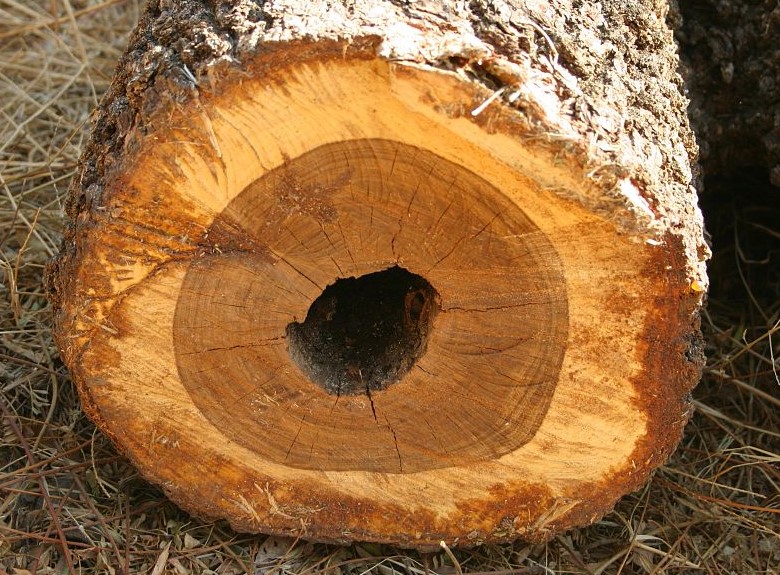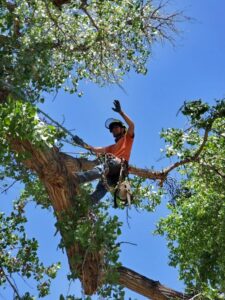Among the diverse challenges that trees in New Mexico face, one of the most insidious is a condition known as heart rot. This internal decay, often invisible in its early stages, can threaten the health, stability, and longevity of your trees. If you are a tree owner in New Mexico, understanding heart rot and heart rot treatment can make all the difference for your leafy giants.

What Is Heart Rot?
Heart rot is a type of fungal disease that affects the interior wood of a tree, specifically the heartwood. Fungi enter the tree through wounds in the bark, often caused by improper pruning, damage from storms, or other mechanical injuries. Once inside, they feed on the tree’s heartwood, creating hollow, decayed sections.
Spotting the Signs of Heart Rot
Heart rot tends to be stealthy and often goes unnoticed until advanced stages. However, there are a few signs you can look out for:
- Fruiting Bodies: These are mushroom-like structures that fungi produce and often appear on the tree’s trunk or branches. They are a significant sign of internal decay.
- Cavities or Holes in the Tree: Woodpeckers and other animals may create holes when they feed on the insects that heart rot attracts, leaving visible cavities in the tree.
- Weak Branches and Falling Limbs: As the decay progresses, branches become weak and may break off, especially during high winds or storms.
Effective Treatments
Once heart rot sets in, it’s impossible to remove it entirely. However, you can manage its progress and mitigate its effects. Here’s how:
- Proper Pruning: Pruning should always follow proper techniques to avoid causing unnecessary wounds. Clean, precise cuts heal faster and are less likely to invite fungi.
- Tree Bracing and Cabling: If heart rot has compromised your tree’s structural integrity, a professional can install braces or cables to provide support and prevent falling branches.
- Tree Removal: In some cases, removing the affected tree might be the best course of action, especially if it poses a safety risk. It’s also a way to prevent the spread of the disease to nearby trees.
Prevention is the Best Treatment
Preventing heart rot involves keeping your trees healthy and minimizing open wounds:
- Ensure your trees get adequate water and nutrients.
- Protect them from injury, particularly during activities like mowing or construction.
- Always use proper techniques when pruning or when removing branches.
By keeping your trees healthy and robust, you’re equipping them to fend off heart rot and other diseases.
Your next steps if you’re worried about heart rot
Heart rot is a silent assailant, often going unnoticed until it has done considerable damage. If you’re worried about your trees, we’re here to help. Our professional team can assess the health of your trees and recommend the best course of action to prevent or manage heart rot.
Don’t let heart rot rob your landscape of its largest, most majestic features. Contact us to book a free estimate today. Together, we can protect the beauty and health of New Mexico’s trees with our professional heart rot treatment strategies. Don’t delay, book your complimentary, no-obligation consultation now by clicking here.




